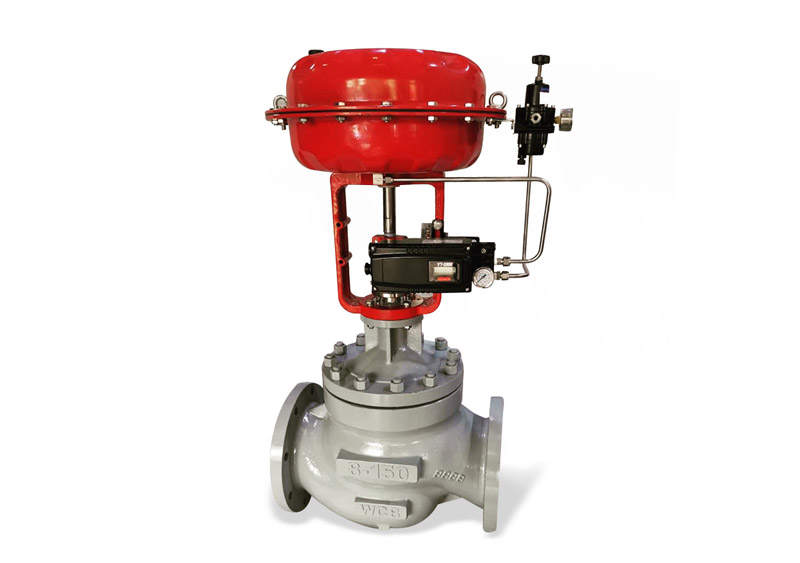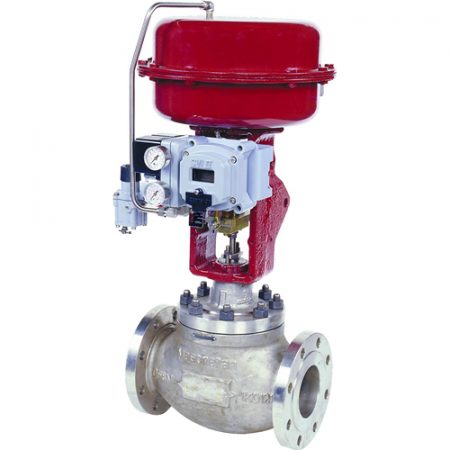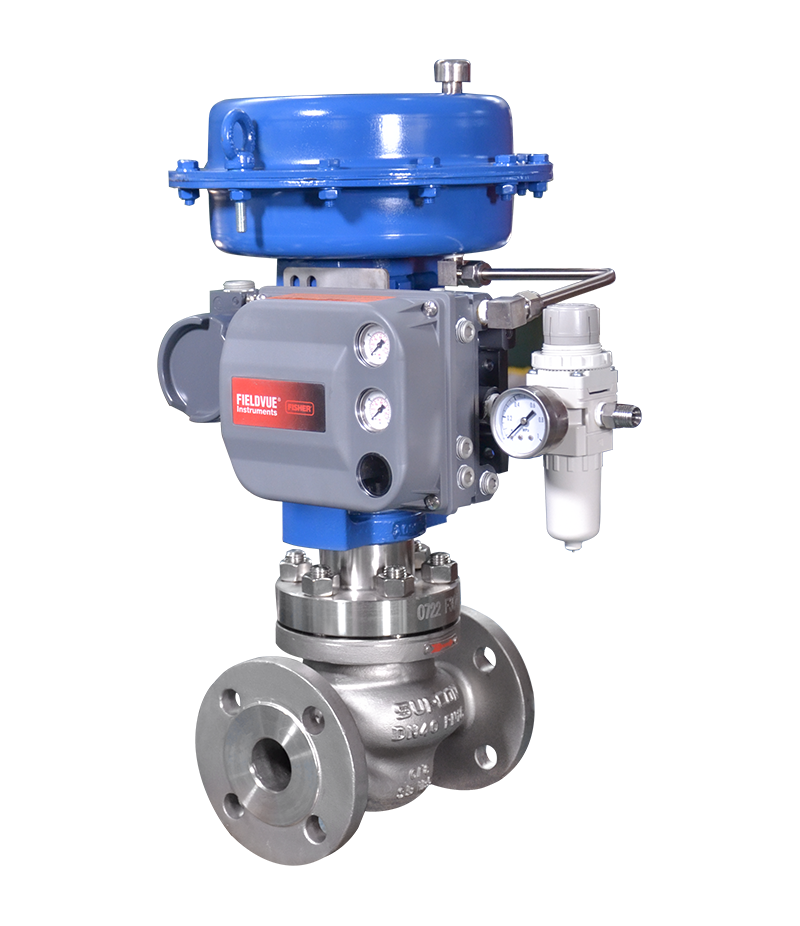Achieve Seamless Combination and Control With Quality Structure Automation Controls
In the realm of modern-day structure monitoring, the value of top quality structure automation controls can not be overstated. As modern technology remains to advancement, the assimilation and control of numerous systems within a building have developed to be much more innovative and efficient. The seamless operation and tracking of lighting, HVAC, safety and security, and various other structure functions have actually ended up being extremely important for boosting resident comfort, power efficiency, and total operational efficiency. However, the journey in the direction of achieving true assimilation and control is a multifaceted one, with factors to consider ranging from system compatibility to cybersecurity. Embracing quality structure automation controls is not merely an issue of convenience yet a tactical crucial for organizations aiming to maximize their centers' performance and sustainability.

Advancement of Building Automation Controls
Throughout the previous few decades, the advancement of building automation controls has actually dramatically changed the way structures are managed and run. Originally, building automation systems primarily concentrated on standard functions such as regulating ventilation, heating, and air conditioning (HVAC) systems. Nonetheless, as technology progressed, these controls have come to be a lot more sophisticated, enabling a bigger range of structure systems to be incorporated and handled centrally.
The development of building automation controls has actually seen a change towards more smart systems that can adapt to altering conditions in real-time. This adaptability is crucial for enhancing power effectiveness and making sure occupant comfort. Furthermore, contemporary building automation controls now supply attributes such as anticipating upkeep, remote surveillance, and data analytics, enabling center managers to make data-driven decisions to boost building performance.

Benefits of High Quality Combination
The development in structure automation manages in the direction of more smart systems has highlighted the significant advantages of top quality combination in enhancing structure procedures and boosting overall performance. Quality assimilation of constructing automation controls offers a number of vital benefits. It leads to enhanced power performance by enabling different systems to function with each other flawlessly, making certain optimum efficiency and reducing power wastefulness. Quality integration boosts occupant convenience and productivity by enabling customized control over ecological setups like lights, air, and temperature level high quality. This personalization can result in an extra comfortable and conducive working or living environment. Furthermore, top quality integration streamlines maintenance and fixing procedures, as all systems are adjoined and can be kept an eye on and controlled from a central interface. This central control likewise gives better exposure and insights right into building efficiency, enabling positive maintenance and optimization approaches. Overall, the benefits of high quality combination in building automation controls are indisputable, providing increased performance, comfort, and functional performance.
Improved User Experience and Availability
Enhancing individual communication with structure automation regulates via intuitive design and improved ease of access elevates the general experience for occupants and center supervisors alike. By concentrating on customer experience, building automation systems can come to be extra straightforward and efficient. Instinctive user interfaces, clear navigating, and adjustable settings empower customers to connect with the controls easily and efficiently.
Ease of access features play an essential function in guaranteeing that all individuals, consisting of those with specials needs, can use the structure automation controls with convenience. Integrating functions such as voice commands, responsive buttons, and color-contrasted display screens can improve ease of access and make the controls a lot more inclusive.
Moreover, boosted official website user experience results in greater user complete satisfaction, increased productivity, and far better decision-making. Passengers can adjust environmental settings according to their preferences, while facility managers can successfully keep an eye on and handle building systems - control valves. On the whole, prioritizing individual experience and accessibility in building automation controls adds to a more smooth and effective building atmosphere for all stakeholders included
Sustainable Practices Through Automation

In addition, automation can assist in the assimilation of renewable power sources such as photovoltaic panels or wind turbines right into structure procedures. By immediately readjusting energy usage based upon the availability of renewable energy, structures can better decrease their dependence on non-renewable resources. This seamless combination of lasting practices not just profits the environment however additionally enhances the general functional performance and cost-effectiveness of the building. Via automation, structures can straighten with contemporary sustainability goals and add to a greener future.
Future Trends in Building Control Solution
In expectancy of advancing technologies and developing sustainability methods, the trajectory of building control systems is positioned to welcome cutting-edge solutions and transformative techniques. One popular pattern shaping the future of building control systems is the raised combination of Expert system (AI) and device learning. These modern technologies make it possible for buildings to adjust in real-time to altering conditions, maximizing power intake and boosting comfort for occupants. In addition, the Web of Things (IoT) is reinventing building control systems by attaching sensors and devices to simplify operations and boost performance.
An additional essential fad is the focus on redirected here cybersecurity actions to safeguard versus potential risks to constructing automation systems. As structures become a lot more interconnected, ensuring durable cybersecurity protocols will be vital to guard sensitive information and stop unapproved access.
In addition, the shift towards cloud-based systems is obtaining momentum, allowing for centralized control and remote access to building systems. This assists in less complicated monitoring, upkeep, and updates, enhancing the overall performance and versatility of structure control systems. As innovation remains to breakthrough, these patterns are anticipated to form the future landscape of structure automation controls, driving innovation and sustainability in the developed environment.
Conclusion
In final thought, developing automation controls have actually advanced substantially, supplying numerous advantages such as boosted user experience, availability, and sustainable methods. Quality combination plays an essential role in achieving smooth control and reliable procedure of structure systems. Future trends in structure control systems are most likely to concentrate on additional enhancing automation capabilities for boosted power efficiency and total efficiency. It is essential for building owners and drivers to focus on the adoption of quality structure automation regulates to maximize structure operations and achieve lasting sustainability objectives.
In the world of contemporary building monitoring, the relevance of quality building automation controls can not be overemphasized. Generally, the evolution of structure automation controls continues to drive development in the structure administration industry, supplying brand-new opportunities for producing smarter and more lasting buildings.
The advancement in structure automation controls in the direction of even more smart systems has actually underscored the substantial benefits of quality combination in maximizing building operations and boosting general performance. In general, focusing on customer experience and accessibility in building automation manages adds to a more effective and seamless building environment for all stakeholders entailed.
It is vital for structure owners and operators to prioritize the fostering of top quality building automation controls to enhance building procedures and achieve long-term sustainability goals. - control valves